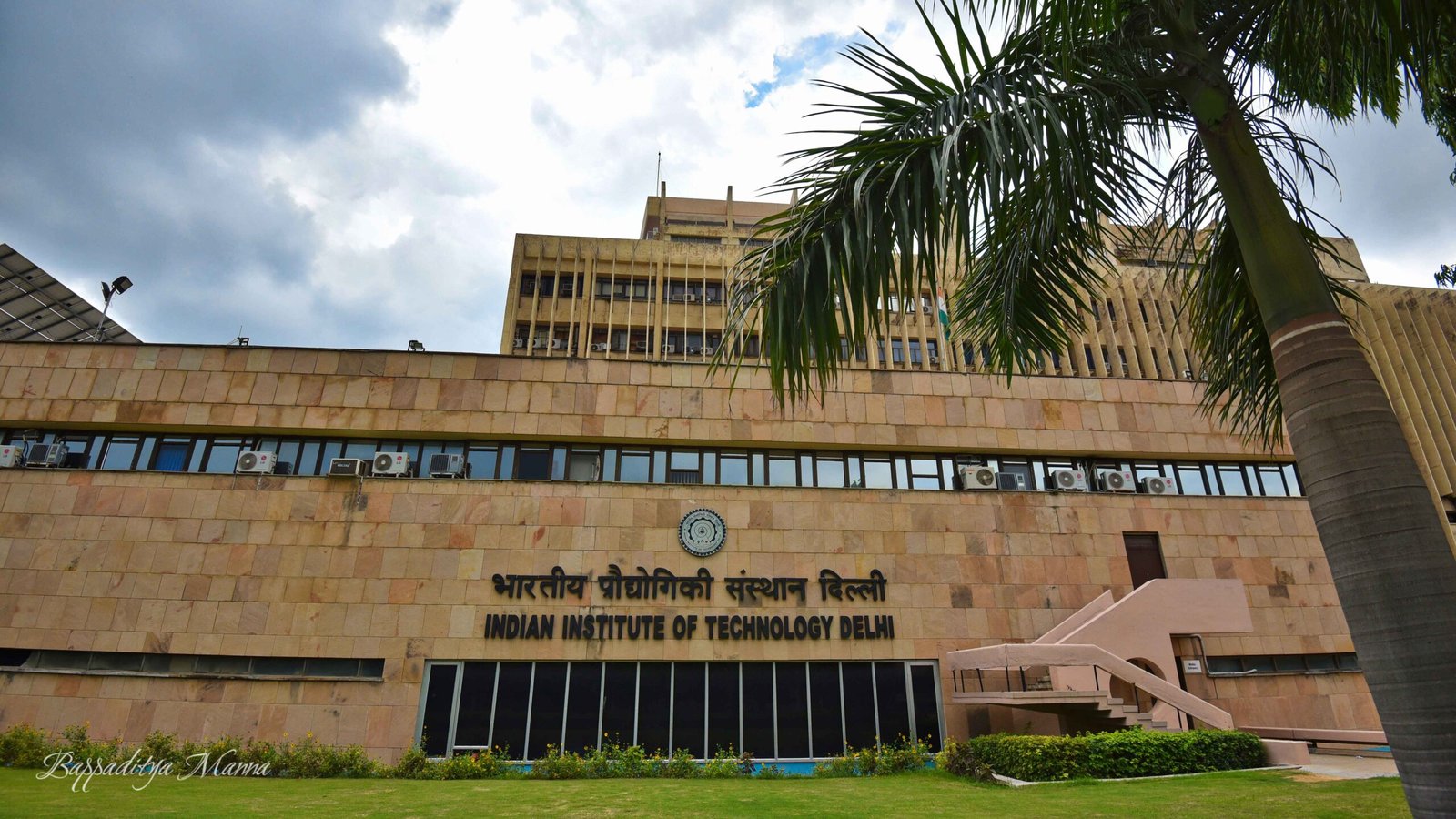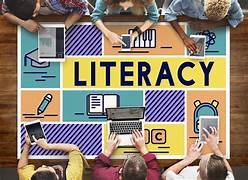Curriculum design is a systematic process that establishes the framework for educational programs across various learning environments. It includes selecting content, learning experiences, assessment methods, and educational objectives. The primary purpose is to ensure that students achieve specific learning outcomes while engaging in material that promotes critical thinking and problem-solving.Curriculum Design
Historically, curriculum design has served as a blueprint for instructional practice. It guides educators in delivering relevant knowledge and skills. This process lays the groundwork for student learning by aligning curriculum components with established educational standards. Such alignment fosters an environment where students can thrive academically and develop skills for real-world challenges.
Effective curriculum design is crucial. A well-structured curriculum enhances the quality of instruction and boosts student motivation and engagement. When executed thoughtfully, it addresses diverse learning styles, allowing for differentiation in the classroom. Additionally, it ensures that educational offerings remain relevant and responsive to society’s evolving demands.
The evolution of curriculum design reflects changes in pedagogical philosophies, technological advancements, and societal needs. From traditional approaches emphasizing rote learning to contemporary models that prioritize experiential learning, curriculum design continues to shift. Understanding these changes is key for educators and stakeholders aiming to create dynamic and inclusive learning environments.
Historical Perspectives on Curriculum Design
The evolution of curriculum design mirrors broader educational shifts throughout history. Initially, education was informal, often transmitted through oral traditions. Knowledge was passed down generations without a defined curriculum. As societies progressed, the need for formalized practices emerged, particularly during ancient civilizations, like the Academy in Ancient Greece.
During the Middle Ages, curriculum design was influenced by religious institutions, prioritizing theological studies. The Renaissance renewed appreciation for classical knowledge, prompting educators to integrate subjects such as literature and philosophy. This period marked a pivot towards a broader educational scope, although teaching methods remained rigid and focused on rote memorization.
The Enlightenment era revolutionized curriculum design by emphasizing reason and individual thought. Pioneering educators like John Dewey advocated for experiential learning. They suggested that education should develop critical thinking and problem-solving skills. This progressive movement paved the way for contemporary educational theories prioritizing creativity and student engagement.
By the 20th century, curriculum design underwent various reforms influenced by social changes, including inclusivity. Modern curriculum design reflects a commitment to fostering critical thought and creativity. Today’s educational paradigms integrate lessons learned from past models while addressing the needs of a complex global society.
Traditional Curriculum Models
Traditional curriculum models have long been the foundation of educational systems worldwide. They are characterized by structured, content-centered approaches that prioritize standardized curricula. These models deliver predetermined content that all students are expected to learn. Generally, educational authorities design them and guide them by specific learning objectives.
One primary approach in traditional curriculum design is the teacher-centered model. In this paradigm, educators impart knowledge while students absorb information through lectures and direct instruction. This model favors rote memorization, effectively transferring factual knowledge.
While traditional models offer advantages, such as clear assessment benchmarks, they also exhibit significant limitations. They often fail to accommodate diverse student needs and learning styles. Students who learn best through hands-on activities may find little engagement in a lecture-focused environment.
The reliance on standardized assessments can create an atmosphere that encourages teaching to the test. This practice stifles creativity and critical thinking among learners. As educational paradigms shift in response to new research and societal demands, the limitations of traditional models become increasingly evident, prompting a reevaluation of curriculum design.
Shifts Towards Learner-Centered Design
The educational landscape has transformed significantly, particularly with learner-centered curriculum designs. This shift emphasizes individualized learning experiences, accommodating varying learning styles, interests, and needs. Traditional models often adopted a one-size-fits-all approach, hindering student engagement and personal growth. In contrast, learner-centered design prioritizes active participation, facilitating a more dynamic educational experience.
Active engagement is a cornerstone of learner-centered design. It encourages students to take ownership of their learning, fostering critical thinking and problem-solving skills. Instead of passively receiving information, students collaborate with peers and engage in hands-on activities that challenge their understanding. This approach enhances the learning experience and helps students develop essential interpersonal skills.
Several societal and technological factors have contributed to this evolution in curriculum design. The rise of technology in education has made personalized learning more accessible. Online learning management systems enable educators to tailor content to meet diverse learner needs. Additionally, recognizing the importance of social skills and emotional intelligence has prompted educators to design curricula that foster collaboration and teamwork. Overall, the transition to learner-centered design reflects an understanding of education as a collaborative endeavor.
Integration of Technology in Curriculum Design
Integrating technology in curriculum design has transformed educational practices. Advancements in digital tools allow educators to enhance learning experiences and engage students in innovative ways. Incorporating technologies such as interactive software and virtual simulations enables a more dynamic and personalized learning environment.
Online learning platforms have emerged as vital components of modern curriculum design. These platforms facilitate access to a wealth of materials, allowing students to learn at their own pace. Virtual classrooms accommodate diverse learning styles, promoting inclusivity and flexibility. As a result, instructional practices have adapted to incorporate asynchronous and synchronous learning opportunities.
Blended learning models exemplify technology integration in curriculum design. By combining online digital media with traditional instruction, educators create a comprehensive learning experience. This approach encourages collaborative learning, allowing students to engage with peers and instructors beyond classroom boundaries. Technology fosters critical thinking and problem-solving as students navigate various digital platforms.
However, technology integration requires educators to embrace continuous learning. They must stay updated with current technological trends and innovative teaching strategies. Professional development focused on technology training is crucial for equipping educators to effectively utilize digital tools. Embracing this shift allows both educators and students to maximize the benefits of a tech-enabled learning environment.
Curriculum Design for Global Competence
In an interconnected world, the importance of curriculum design that fosters global competence is paramount. Global competence refers to the knowledge, skills, and attitudes necessary for meaningful engagement in a diverse society. As institutions seek to prepare students for global challenges, traditional frameworks have evolved to incorporate a holistic and multicultural approach.
A defining characteristic of modern curriculum design aimed at enhancing global competence is integrating multiple cultural perspectives. Creating curricula that reflect the history and contributions of various societies helps learners develop a well-rounded understanding of the world. This fosters respect, empathy, and collaboration among diverse peer groups.
Interdisciplinary approaches also play a significant role in cultivating global competence. By combining subjects like social studies, science, and arts, educators create learning experiences that highlight global issues’ interconnectedness. Teaching climate change through science, politics, and economics encourages students to recognize challenges’ multifaceted nature and collaborate on innovative solutions.
Furthermore, contemporary curricula emphasize critical thinking, problem-solving, and effective communication—essential skills for navigating complex global contexts. These competencies are vital for personal success and participating in global dialogues that shape societal progress.
Ultimately, the evolution of curriculum design towards promoting global competence reflects a shift in educational paradigms. It moves from rote memorization to fostering critical, empathetic, and globally aware individuals prepared to thrive in a diverse world.
The Role of Assessment in Curriculum Design
Assessment plays a critical role in curriculum design. It shapes instructional practices and student learning outcomes. Traditionally, assessments were primarily summative, evaluating student performance at the end of an instructional period. This approach provided essential data about achievement but limited insights for continuous improvement.
The educational landscape has shifted toward integrating formative and summative assessments in curriculum design decisions. Formative assessments, conducted throughout the learning process, offer immediate feedback that guides teachers in adjusting their strategies. This ongoing feedback encourages a growth mindset among students, allowing them to reflect and make necessary adjustments before final evaluations.
Performance-based assessments represent a significant evolution in measuring student progress. These assessments focus on applying knowledge and skills in real-world contexts, moving away from rote memorization. Incorporating diverse methods, such as project-based learning and presentations, allows educators to gauge understanding across disciplines.
Integrating assessment within curriculum design enhances the educational experience and fosters a more personalized learning environment. As educators embrace innovative approaches to curriculum development, the synergy between assessment and instruction will evolve, ensuring alignment with today’s diverse learners’ needs.
Challenges in Modern Curriculum Design
The evolution of curriculum design has led to several challenges for educators and administrators. One pressing issue is curriculum standardization. Authorities often impose strict standards to maintain uniformity, which may not accommodate local contexts or unique student populations. This one-size-fits-all approach can disengage students who find standardized curricula irrelevant.
Resource allocation is another significant challenge. Institutions often struggle with budget constraints that limit acquiring necessary materials and technologies for innovative design. Without adequate resources, teachers may find it challenging to implement engaging instructional strategies or use contemporary tools, diminishing the potential for developing a relevant curriculum.
Teacher training presents another obstacle in modern curriculum design. As paradigms evolve, educators’ skill sets must adapt. However, many teachers lack access to professional development opportunities focusing on modern techniques and principles. Insufficient training can hinder their ability to implement innovative approaches, resulting in missed opportunities for enriching student experiences.
Addressing diverse student needs remains a formidable challenge in an increasingly complex landscape. Classrooms today include learners from varied backgrounds and abilities, necessitating differentiated instruction. Curriculum design must prioritize inclusivity and adaptability to ensure equitable access to quality education. These challenges require thoughtful consideration and strategic planning to successfully implement modern designs.
Future Trends in Curriculum Design
As we look toward the future, curriculum design is poised for significant transformation. Rapid advancements in technology and evolving educational philosophies foster a climate ripe for innovation. One key area anticipated to gain momentum is personalized learning pathways. This method tailors educational experiences to each student’s needs, allowing for self-paced learning and the pursuit of individual interests.




